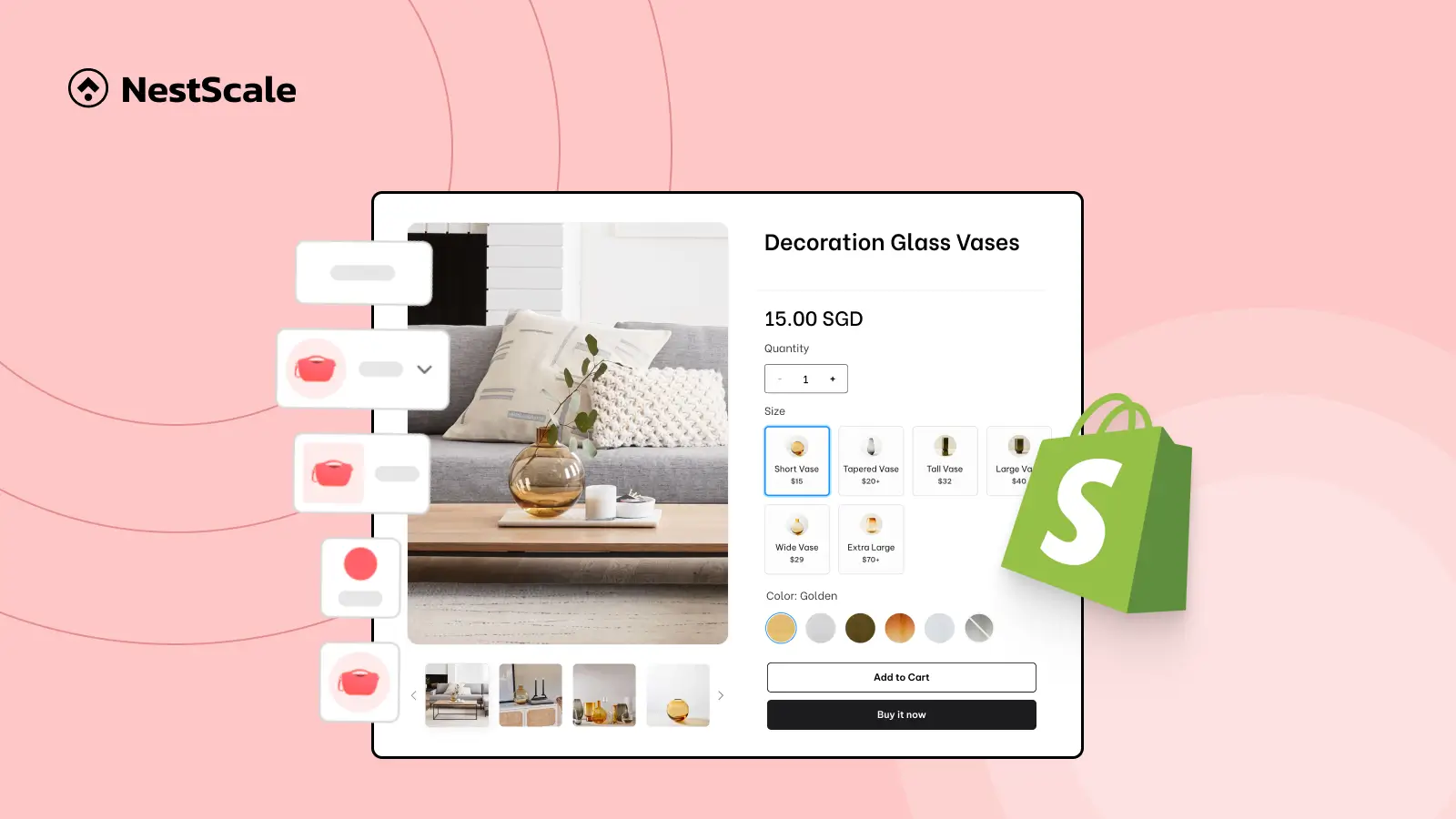Understanding customer behavior is key to business success. It allows you to tailor products, marketing, and customer experiences to meet the needs of your audience. But how do you go from raw data to actionable insights?
This guide will walk you through the process of understanding customer behavior, leveraging powerful tools along the way to help make informed, data-driven decisions that will empower your business.
What is Customer behavior analysis?
Customer behavior analysis is a deep dive into how your customers interact with your store. It’s more than just tracking numbers—it’s about understanding the why behind their actions. By using both quantitative and qualitative data, you can analyze each step of the customer journey—from the first click to post-purchase behavior.
With these insights, you can craft more personalized marketing strategies, improve your customer service, and even adjust your product offerings to better meet your customers’ evolving expectations.
How to do a Customer behavior analysis
Step 1: Collect your data
The first step in conducting a thorough customer behavior analysis is gathering data from multiple touchpoints. To get a complete picture, you’ll need both quantitative data—the hard numbers that show what’s happening—and qualitative data, which gives you a deeper understanding of why it’s happening.
Let’s break down each of these in more detail:
Quantitative Data: The foundation of customer behavior
Quantitative data provides a general look at how customers interact with your store and how your store is performing. This is the backbone of your analysis, offering objective insights into things like:
- Store performance metrics: Start with the basics—look at your total revenue, AOV, cost, and sales by product.
- User interaction data: Dive into how customers are behaving on your site. Are they adding products to their cart but not completing the purchase? What’s the bounce rate? How much traffic are you getting, and where is it coming from? These are critical in understanding customer flow and identifying friction points.
- Marketing metrics: To get a comprehensive view of how customers find your store, look at metrics like ad clicks, ROAS, and ad spend. It’s important to integrate these numbers across all your marketing platforms—whether it’s TikTok, Facebook, or Google Ads—so you can see how each channel drives traffic and contributes to sales.
To make sure you’re getting the full picture, it’s vital to centralize this data. Pulling numbers from your store’s CRM, using tracking pixels to monitor on-site behavior, and connecting data from all your marketing channels is essential. By doing this, you’ll have one unified view of customer behavior, making it easier to draw accurate insights.
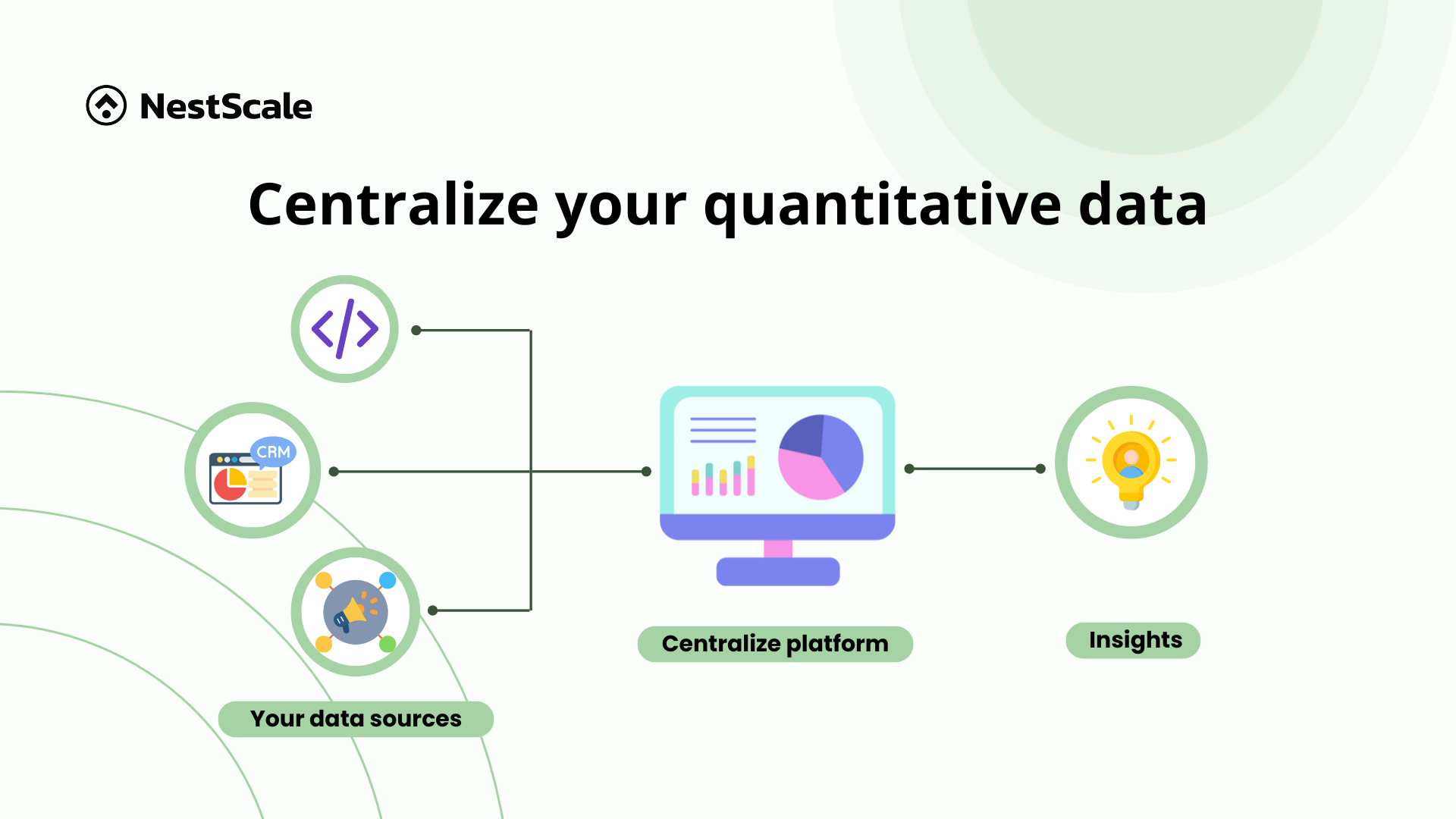
Qualitative data: Understanding the ‘Why’ behind customer actions
While quantitative data tells you what’s happening, qualitative data helps you understand why it’s happening. This is where you dig deeper to uncover the motivations, preferences, and pain points of your customers. Here’s how you can gather qualitative insights:
- Customer surveys: One of the most straightforward ways to understand customer sentiment is by asking them directly. Tools like Zigpoll allow you to create interactive surveys on your website, gathering feedback in real-time. These insights provide context to the numbers, helping you see what might be missing from their experience.
- Interviews: For even deeper insights, conducting follow-up interviews with key customer segments can be incredibly valuable. This method allows you to ask more specific questions and get real-time feedback on customer motivations, preferences, and pain points.
- Social listening: Also, don’t forget to monitor what customers are saying about your brand on social media platforms. Social listening tools can help you gather real-time feedback on how customers perceive your brand, your products, and even your customer service.
By combining quantitative and qualitative data, you’ll gain a 360-degree view of how customers interact with your store and how they make decisions. When these insights are analyzed together, you’ll be better equipped to make strategic decisions that improve both your marketing and customer experience.
Step 2: Break your audience into segments
When it comes to making sense of customer behavior, segmentation is a key step. Instead of trying to target all of your customers with a single message, you can divide them into meaningful groups based on their behavior, demographics, or purchase history. This approach not only makes your marketing more efficient but also ensures that your messaging resonates better with each segment.
There are several ways to approach customer segmentation. However, two methods that work particularly well for us are behavior-based segmentation and demographic segmentation:
- Behavior-based segmentation: Segment customers based on their actions, such as cart abandonment, frequent visits, or repeat purchases.
- Demographic segmentation: Break down your customers by age, location, or gender to craft personalized marketing messages.
While segmentation on its own is powerful, taking it a step further by creating customer personas for each segment can give you an even deeper understanding of your audience. A customer persona is essentially a detailed profile that represents a segment of your audience. It helps you visualize who these customers are, what they care about, and what challenges they face.

Step 3: Map the customer journey of your store
Now, here comes the part that will give you the most insights: Customer journey mapping. This is all about visualizing customers’ interactions, from when they discover your brand to finally purchase. It’s like following their footsteps—what brings them in, what path they take, and where they might hit a roadblock.
Why is this important? Well, by mapping out this journey, you can identify any areas where customers might be getting stuck or dropping off. For instance:
- Spotting drop-off points: If you notice a lot of customers adding items to their cart but not completing the purchase, it’s a sign that something might be off with the checkout process. Maybe it’s too complicated, or they’re unsure about shipping fees—whatever it is, mapping the journey helps you catch these issues early.
- Optimizing key touchpoints: Every interaction your customer has with your store—whether it’s clicking on an ad, browsing products, or reading reviews—is a touchpoint. By visualizing how customers move through these stages, you can ensure each touchpoint offers a seamless experience, guiding them smoothly toward conversion.
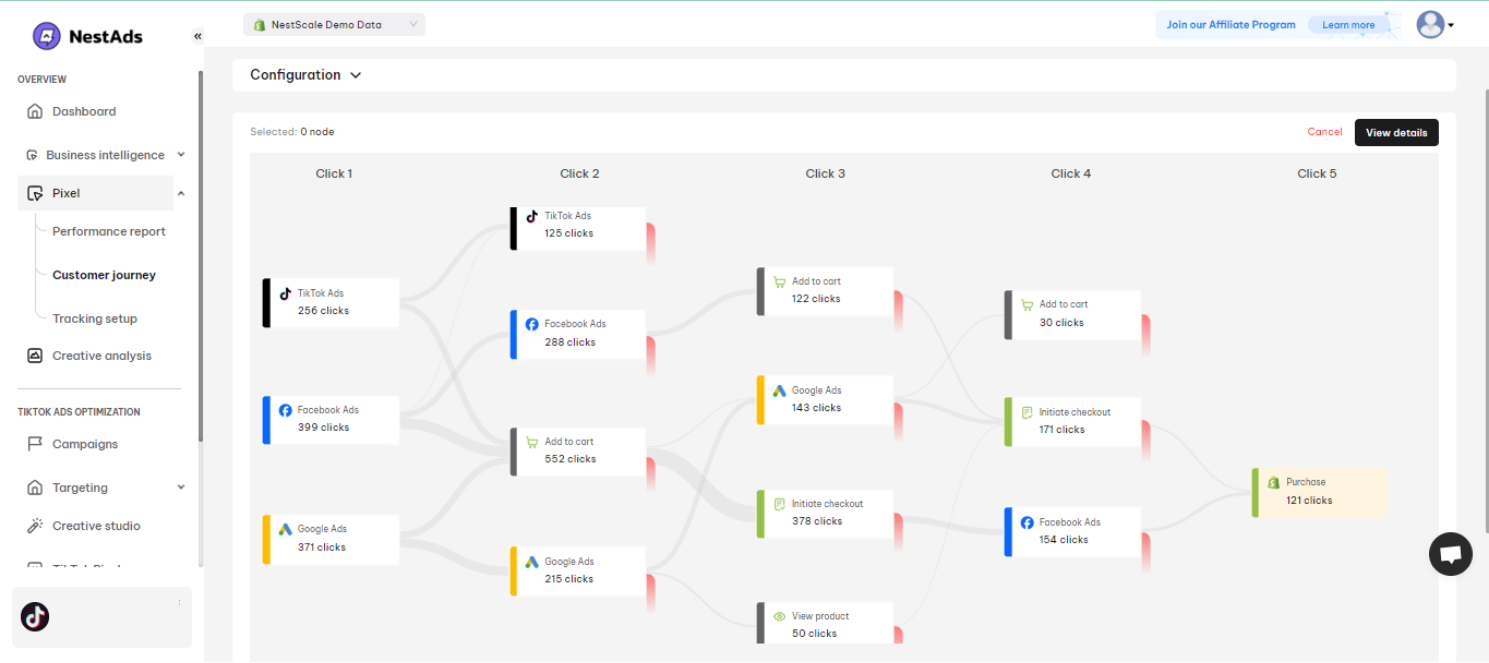
One practical way to approach this is by thinking of the journey as a funnel. Your customers might follow a different path, so creating a funnel will give you clearer, more actionable insights.
Mapping your customer journey can involve a lot of technical work and tracking systems, so it’s important to use the right tools to make the process easier. That’s where tools like NestAds can come in handy.
With NestAds’ customer journey feature, you can track not only how customers interact with your store but also the path they take to get there. This allows you to have a more complete view of your customer’s experience, helping you make smarter, data-driven decisions.
Step 4: Act on insights
Now that you’ve gathered and analyzed all that valuable data, it’s time to put it to good use. This is where the magic happens—taking action based on what you’ve learned about your customers. Here are a few ways you can apply these insights:
- Refine your marketing campaigns: Use the data to create more targeted, personalized campaigns. For example, if you notice a segment of customers frequently abandoning their carts, you could follow up with retargeting ads or discounts to bring them back. It’s all about delivering the right message at the right time.
- Enhance your product offerings: If customer feedback keeps pointing to certain features they want or improvements they’re hoping for, it’s a clear signal to adjust your product development. By listening to what your customers are asking for, you can stay ahead of the curve and deliver products that truly meet their needs.
- Improve customer support: Your data will likely reveal points in the customer journey where people are getting stuck or frustrated. This is your chance to step in with more proactive support. Little changes can make a big difference in keeping customers happy and coming back.
In short, acting on your insights is all about being responsive to your customers’ needs and continuously fine-tuning your approach to serve them better. The data is there to guide you, but it’s how you apply it that will make the real impact.
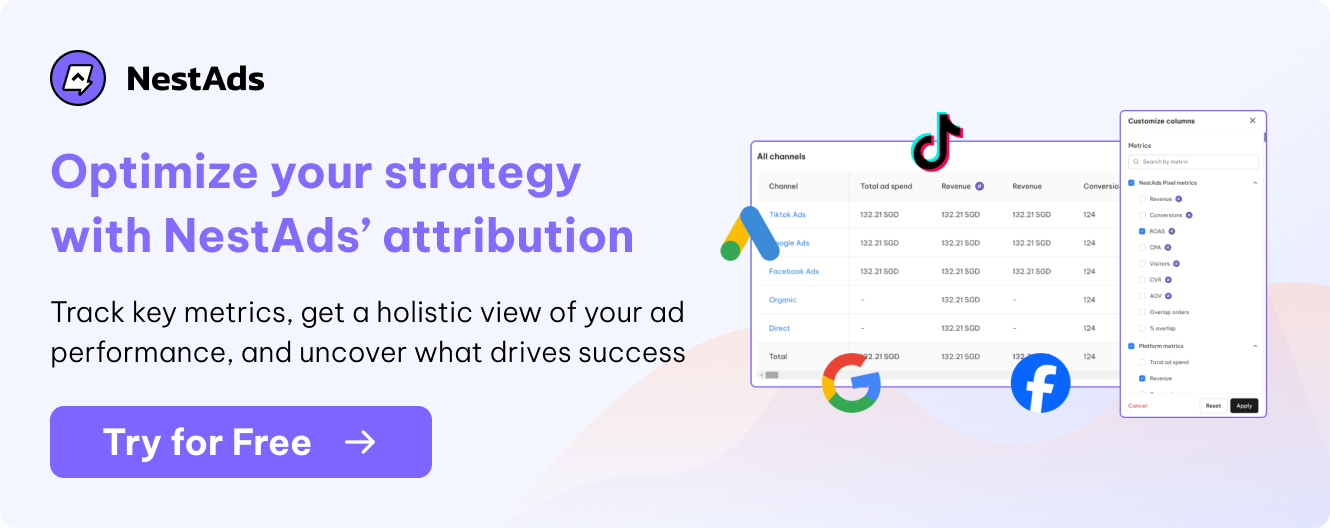
Step 5: Test and optimize
Customer behavior isn’t static—it changes over time, and your approach should adapt to these shifts. Continuously testing different strategies and gathering feedback is key to staying aligned with your customer’s evolving needs. Regularly analyze what’s working and what isn’t, and refine your tactics accordingly.
Why is Customer behavior analysis important?
Improve customer satisfaction and loyalty
When you know what drives your customers, you can provide them with a better overall experience. Customer behavior analysis helps you identify pain points and areas for improvement, leading to enhanced customer satisfaction. Satisfied customers are more likely to return, boosting loyalty and long-term value.
Identify trends to make predictions for future behavior
Through regular analysis, you can identify emerging trends in your customers’ behaviors. Whether it’s noticing a shift toward a particular product category or identifying patterns in purchase frequency, these insights allow you to anticipate future customer needs and adapt accordingly.
Personalize your marketing strategies for better resonance
Customer behavior analysis helps you create targeted marketing strategies that resonate with specific customer segments. Whether it’s personalized email campaigns, retargeting ads, or product recommendations, data-driven insights help you deliver the right message at the right time, leading to higher engagement and conversions
Customer behavior analysis tools to use
To make customer behavior analysis more efficient, there are several tools available that can help you gather, segment, and take action on your data:
NestAds
NestAds is designed specifically for Shopify businesses to track and optimize their ad performance across platforms like TikTok, Facebook, and Google. With its customer journey mapping feature, NestAds helps merchants visualize how customers interact with their store and where they come from, making it easier to assess the effectiveness of marketing efforts.
NestAds provides a holistic view of customer behavior by tracking touchpoints both within and outside your store. This helps merchants identify which marketing channels are driving the most traffic and conversions, making it easier to allocate ad spending effectively.
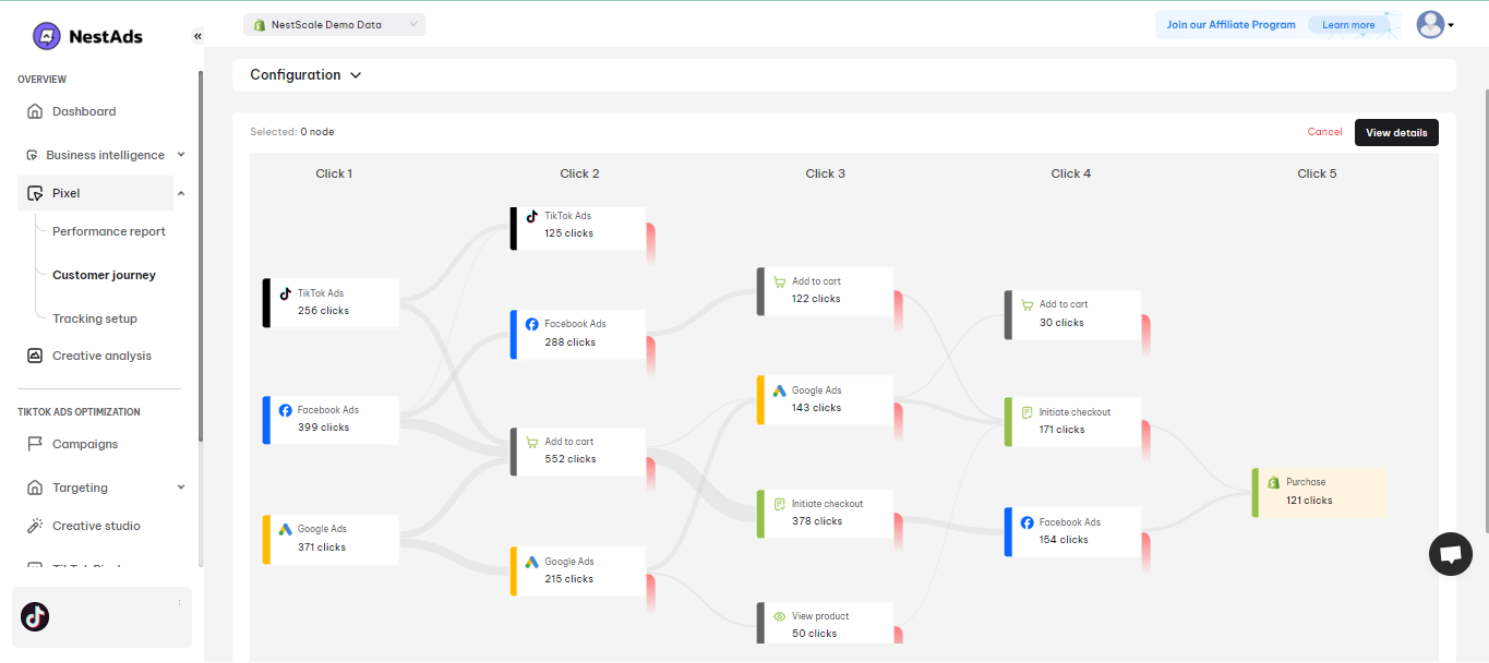
Pricing: NestAds offers various pricing tiers, including a free plan with basic features, and paid plans at $49.99/month with more advanced tracking and reporting options.
Zigpoll
Zigpoll is a feedback tool that allows Shopify stores to gather real-time insights directly from their customers. With customizable surveys, you can ask visitors and customers about their experience, giving you valuable qualitative data to understand customer preferences and pain points.
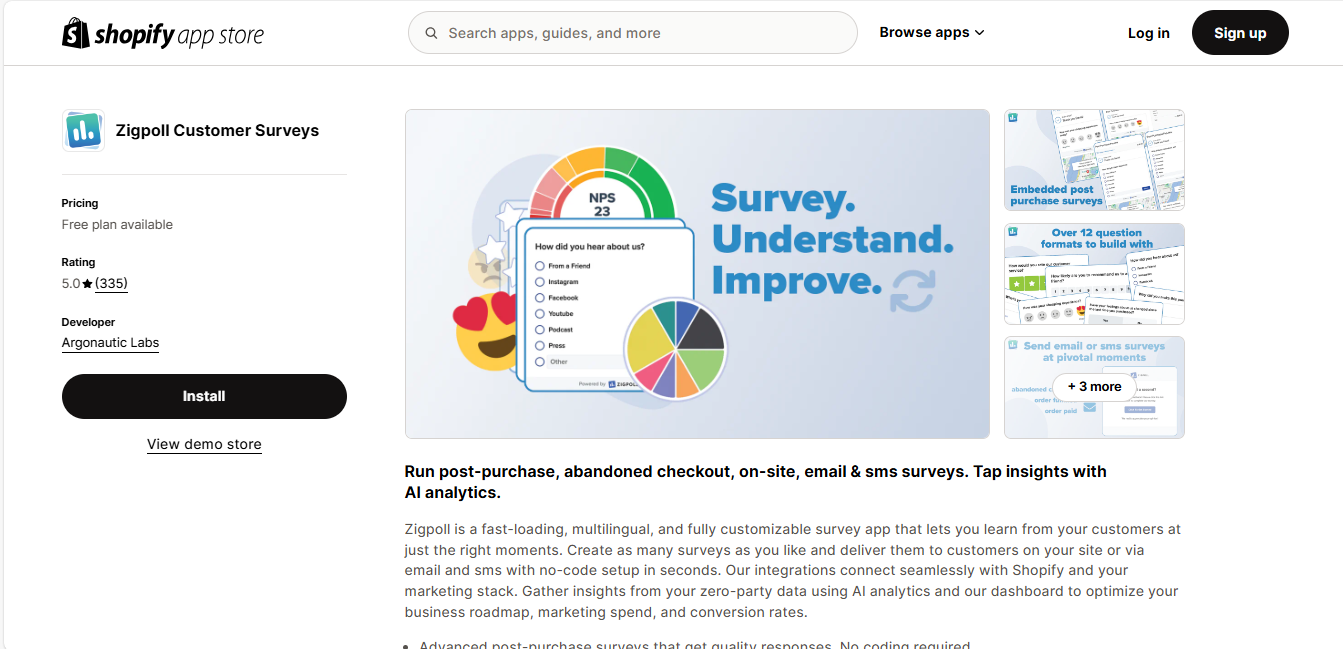
Pricing: Zigpoll offers a free tier for basic use, with paid plans starting at only $10/month
Hotjar
Hotjar is a behavioral analytics tool that helps you see how visitors interact with your Shopify store in real-time. It provides heatmaps, session recordings, and customer surveys to help you understand where customers are clicking, scrolling, and engaging—or where they’re getting stuck.

Hotjar allows you to see exactly how customers interact with your store, offering a visual and detailed understanding of customer behavior. By identifying points of friction (such as confusing navigation or slow-loading pages), you can optimize the user experience and boost conversions.
Pricing: Hotjar offers a free basic plan, which includes limited heatmaps and session recordings. For more advanced features, pricing starts at $39/month.
Wrap up
In today’s competitive business environment, understanding your customers is more important than ever. With this analysis, you can make informed decisions that drive growth and build stronger relationships with your audience. Whether you’re refining marketing campaigns, improving product offerings, or enhancing customer experiences, taking a data-driven approach ensures your business stays ahead of the curve.
Investing in customer behavior analysis is not just a trend; it’s a necessity.



















































